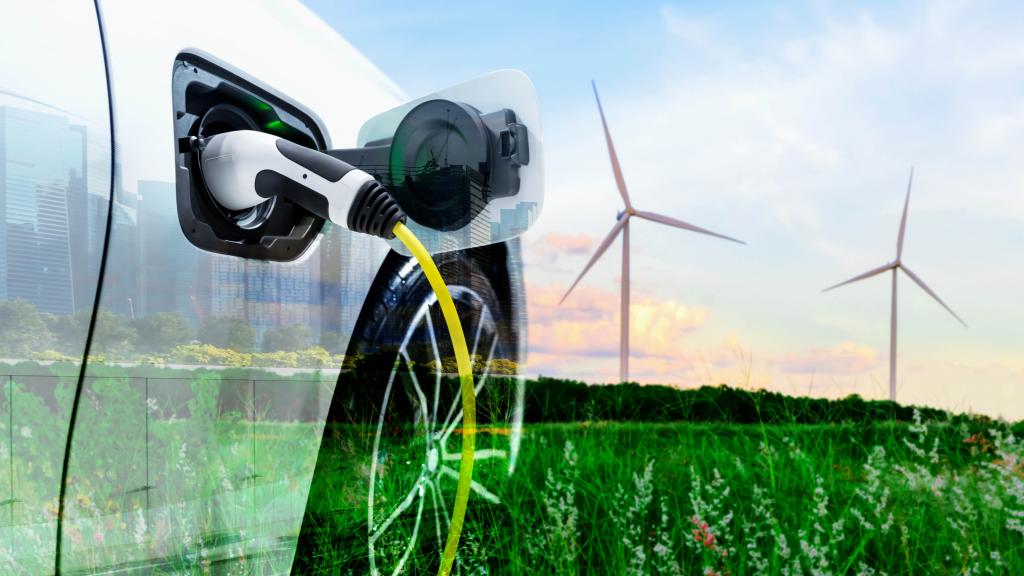
Iceland is preceded only by Norway in terms of market share of EVs. In the first half of last year 8 out of 10 private car registrations were plug-ins while full electric cars accounted for 75% of new registrations by the end of the year. Most other European countries pale in comparison, not even reaching 20%. Iceland's success can be attributed to government incentives such as tax reductions on carbon-free vehicles and removing VAT from EVs. A well-established grid of renewable electricity and a solid infrastructure of fast chargers made the switch to emission-free mobility a no-brainer.
Icelanders were quick to put aside their initial skepticism about the safety and functionality of EVs as more models emerged and users’ satisfaction grew. To overcome the biggest hurdle – the lack of charging facilities and parking space at home – municipalities joined forces with the island’s biggest provider of green energy and built shared neighborhood chargers.
There is a lot to be gained with the country’s EV revolution: with few exceptions, all of Iceland’s energy is renewable. This allows to keep price hikes, such as the rest of Europe is facing, at bay and to eventually reach full self-sufficiency. Iceland’s ambitious goal to be carbon neutral by 2040 means it has to be the driver of green solutions and facilitate the shift to new mobility.
It is, however, important to remember that Iceland's situation is unique, with only a fraction of registered vehicles and a significantly smaller infrastructure than most European countries. The real challenge for Europe will be to develop flexible regulations and address issues such as battery range while convincing consumers to adopt new technologies.

